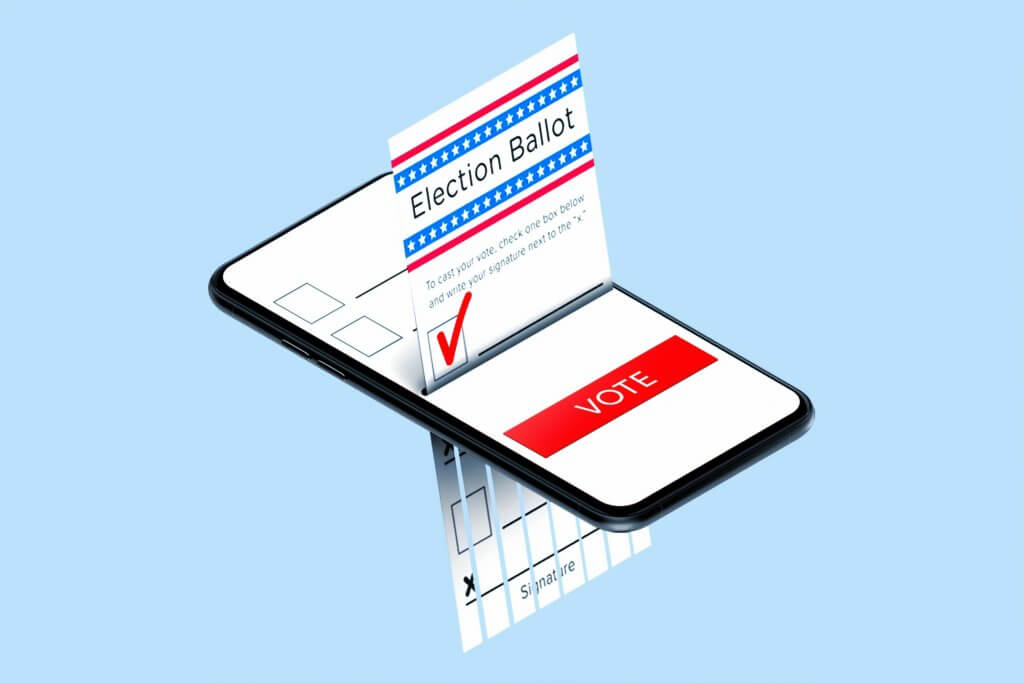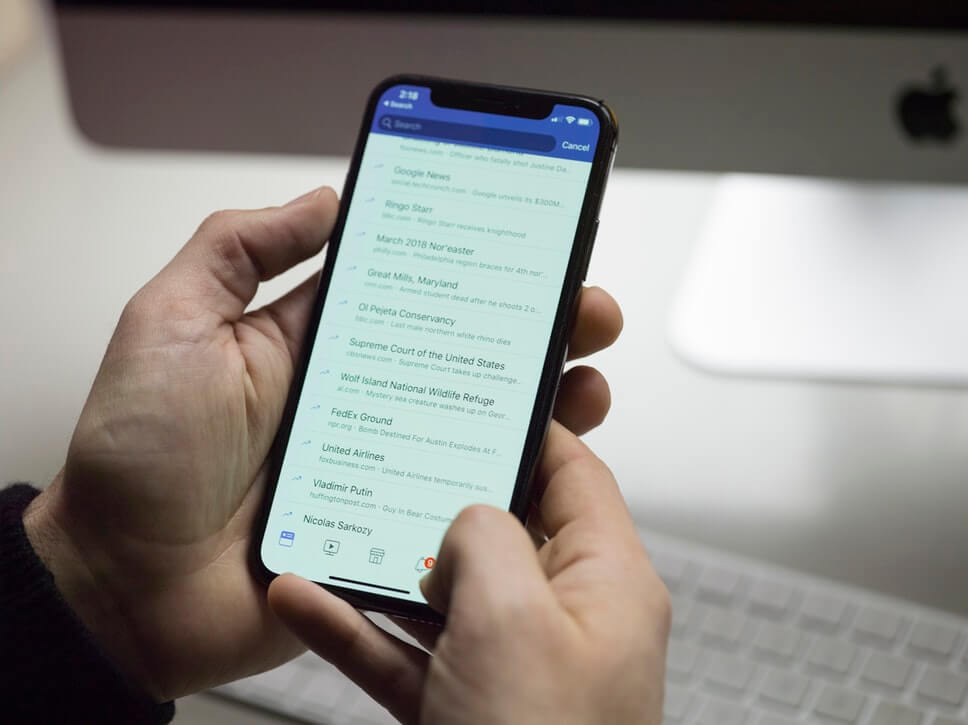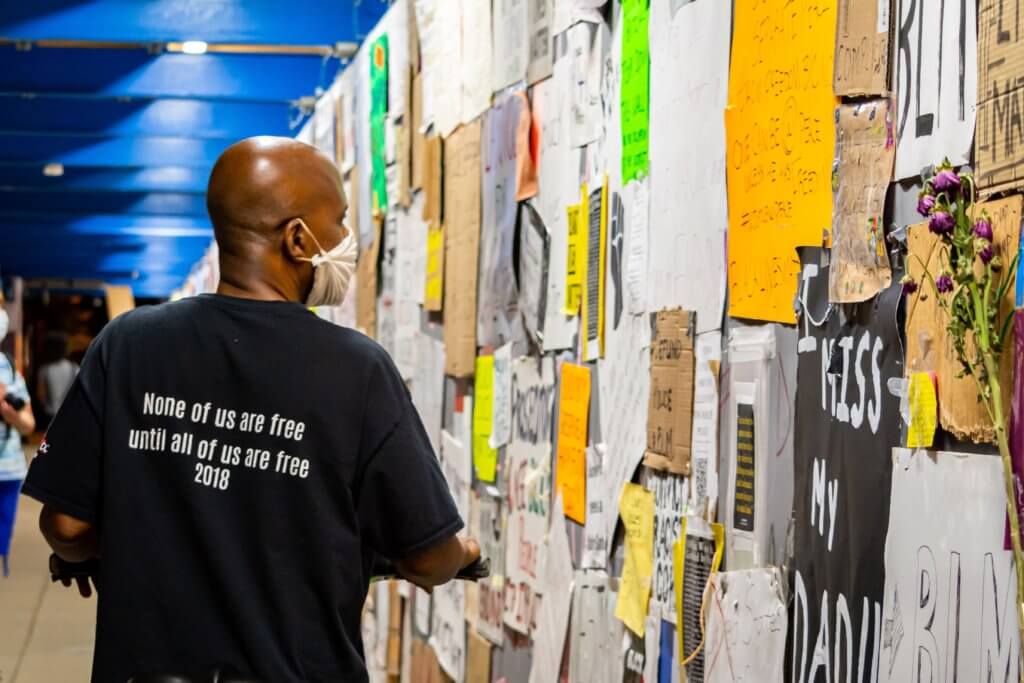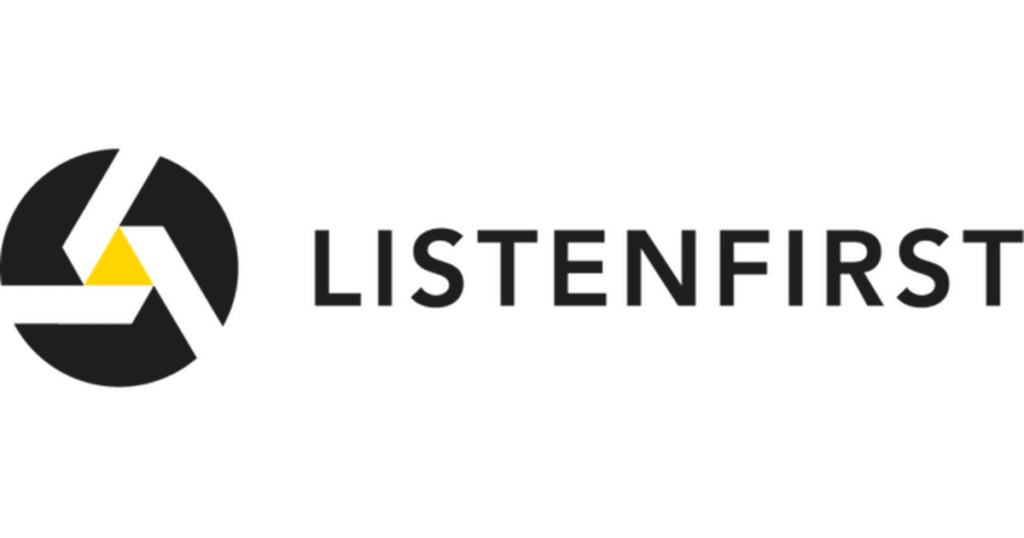How Brands Are Using Social Media To Talk About The Elections

It’s less than a 100 days until the Presidential election occurs, and we wanted to check in with brands to see how they’re using their social media channels to promote getting out the vote campaigns. While it wasn’t necessarily a frequent topic of conversation among brands, of the 485 Top Advertiser Brands we looked at […]
Week 3 Data Around Brands Embracing “Stop Hate For Profit”

With many brands pausing their Facebook and Instagram ad spending during the month of July to protest the use of hate speech, ListenFirst continues to monitor how the boycott is impacting the social media ecosystem. Following up on the data we shared last week, here are our top findings for the week of July 13-19, […]
5 Takeaways From How Brands Celebrated Juneteenth On Social Media

Juneteenth was first celebrated as a holiday in Austin in 1867, and was first officially recognized as a state holiday by Texas in 1980. However, the killing of George Floyd and the subsequent protests advocating for social justice have raised multicultural awareness of Juneteenth to an unprecedented extent this year. This sea change is quantifiable […]
